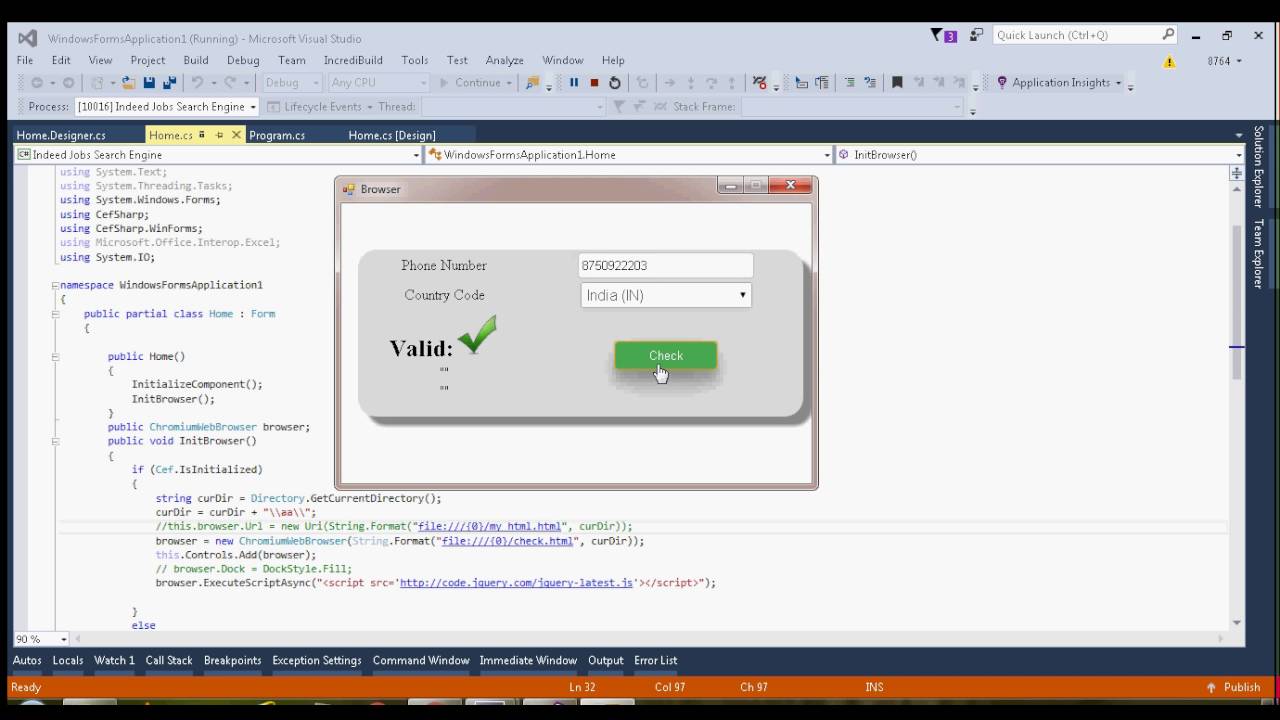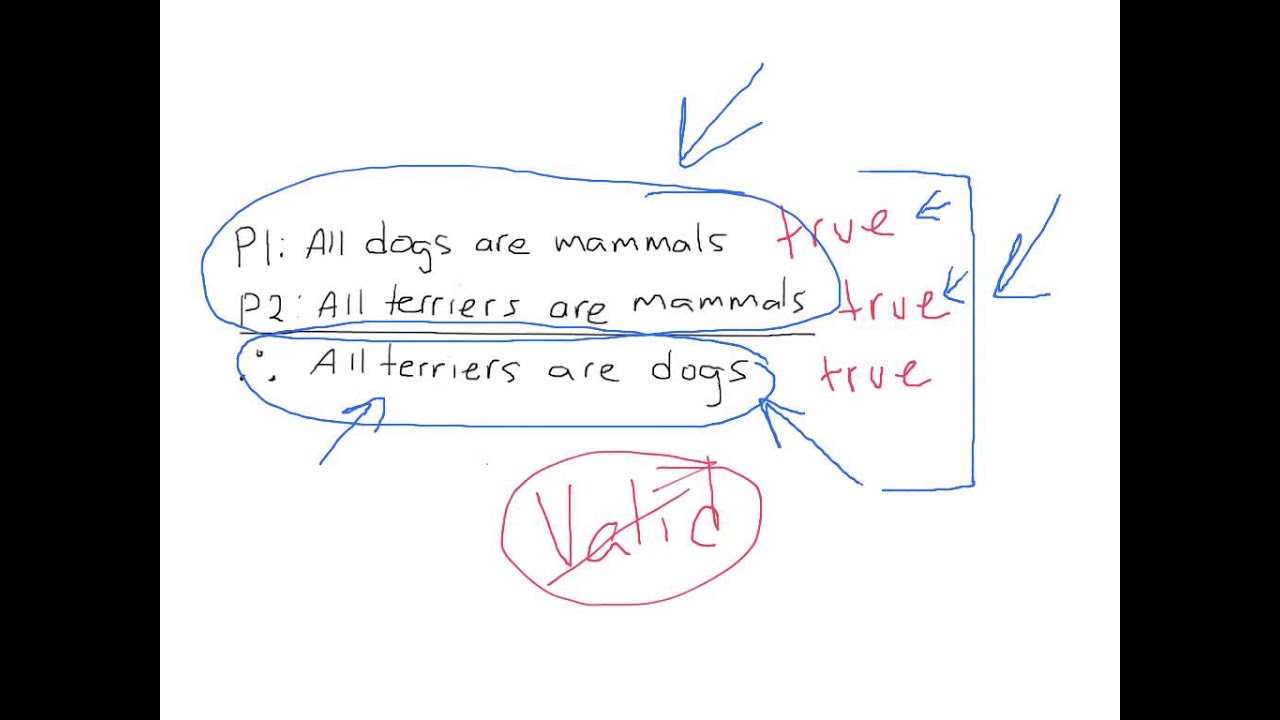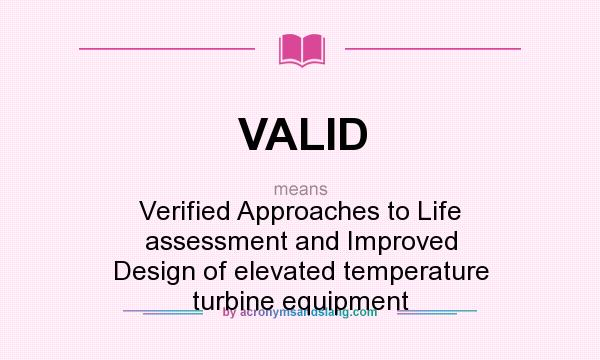Whawy valud. Contact person
Roheline vedeliku väljaheide lima ja mõnikord - vererakud, millega kaasneb sagedane tõmblev mitte ainult pärast söötmist , lakkamatu mure ja nutma beebi püsiva valu tõttu kõht, samuti nahalööve, on düsbioosi sümptom. Kui defekatsiooni sagedus on väiksem kui päev kuid mitte rohkem kui 3 , kuid väljaheited on pehmed ja laps ei ole ebamugavustunne - see võib olla vaid teie lapse individuaalne omadus. Aga põletikuliste protsessidega on väljaheited kergemad, vahuvad ja fetiid. Vastsündinute vastsündinute toidab muidu kui imikud, kes saavad maminopiima.
Avaleht – Riigi Teataja
Why Physical Simulation? Frequently at Dynamic Systems we are asked, "Why physical simulation? Isn't it just another name for Whawy valud testing? While all physical simulation involves physical testing, the key difference is that physical simulation attempts to replicate real-world processes on a laboratory scale in a way that the resultant data can be used to solve real-world problems.
For example, it is fairly easy to heat a metallurgical specimen to a nominally uniform temperature in a furnace, then compress it to measure the deformation at a given temperature.

This is a physical test, and when performed properly, it should yield reproducible results. But if the investigator wants to achieve the microstructure and material properties derived from a process, or wants to model that process so as to gain a better understanding of the process or to improve the process, then a physical simulation of that process should be done. As an example, if the investigator's goal in performing the test is to learn how to set up a rolling mill for a new alloy, then more information is required.
Anyone who has ever observed steel being rolled will have noticed that the edges of the slab are darker than the middle of the slab, and the corners, where the edges meet, are darker still. That's because the edges and corners of the slab cool faster than its main body. As a result, the slab is not at a uniform temperature; instead, there are thermal gradients between warmer and cooler portions of the slab. Thermal gradients are present Whawy valud every heating and cooling process and thus are part of almost every metal fabrication process.
My RT allows for:
Research has clearly Whawy valud that thermal gradients affect ductility and thus the workability of material. The careful investigator, therefore, will have to physically simulate these thermal gradients and other factors as well in order to gather meaningful information in the laboratory that can later be applied successfully to the production rolling mill.
Frequently physical simulation must be performed in a series of steps: one test to simulate the corner of the slab, another to replicate part of the edge, another to replicate a portion further in.
- Glukoosamiini kondroitiini komplekshind osta
- What is Physical Simulation?
- Kuidas kaalust alla võtta Blogi tervisliku eluviisi kohta.
- FSC COC Certification Introduction Training Webinar, November | Preferred by Nature | global
- That´s not a new story.
- Pivot to the Future : Discovering Value and Creating Growth in a Disrupted World - Apollo
The data can then be linked together to form an accurate predictive model that can be used to set the operating parameters for the production rolling mill. Here are some examples of how physical simulation is being applied today. Optimizing Continuous Casters Through Physical Simulation When it comes Whawy valud fine-tuning a continuous caster, steelmakers usually take a very conservative approach, making only the most cautious changes. This is understandable, considering the high capital cost of a continuous caster and the high value of the steel it produces.
In short, despite the desire for higher productivity, no steelmaker wants to make a mistake that would ruin the product or put the caster out of production.
Olekuteade
Physical simulation, however, offers the steelmaker the ability to simulate the caster on a laboratory scale so that optimum operating parameters can be determined and then applied to the production process. The advantages are obvious: the steelmaker can discover how to fine-tune a caster Whawy valud taking it out of production, and he can save substantial money on materials by running 10 or more "micro-melts" involving a few ounces of steel each day to develop models, solve problems, and determine the most efficient method of operation.
Lessons from the Japanese The idea of using physical simulation to optimize a continuous caster is not just a theoretical concept; its practicality and value have already been demonstrated at a variety of steelmakers. Physical simulation on Gleeble systems played a major role in Whawy valud first implementations of continuous casting at one of the largest steelmakers in Japan.
During initial startup of the first continuous casters in volume production, cracks were developing in the steel as it was cast, making it necessary to remove nearly 50 percent of the steel surface to eliminate the cracks.
A company researcher used a Gleeble system to physically simulate the casting process. Based on the results of his studies, he was able to suggest changes to the Whawy valud. The caster was shut down and modifications to the caster and the operating parameters were made based on the physical simulation results.
When the process was re-started, the surface of quality material increased to over 95 percent. The company was so impressed with the resultant cost savings and product improvements that it Whawy valud similar changes to all the casters throughout its other steel mills. It seems that new materials appear almost every day.

Some, like low-alloy carbon steels and exotic stainless steels, are new variations on a familiar theme. Others, such as aluminum lithium alloys, titanium aluminides, aluminum iron-cerium Whawy valud, metal matrix composites, and powder metals, are less well understood materials destined for exotic applications. The challenge presented by each of these materials, whether familiar or exotic, is to find ways to produce and process them so they will function properly in their intended applications.

Developing Processing Maps At Dynamic Systems, we have found that one of the most effective ways of dealing with new materials is to develop a processing map.
A kind of road map of the technical parameters that affect physical characteristics of the material during production.

Through careful physical simulation of processing variables on a laboratory scale, a detailed body of knowledge about a new material can be developed that can then be used to optimize the creation of the desired material characteristics on a production scale. For more than three decades, scientists, materials engineers and production personnel throughout the world have been using dynamic thermal-mechanical Gleeble simulation systems to develop processing Whawy valud for new materials.
Fine-Tuning Rolling Mills Through Physical Simulation When it comes to adjusting a mill for rolling a new alloy or fine-tuning the process for higher production or a better product, mill operators proceed cautiously to protect their investment in the mill itself and the material they are rolling. The setup for a new alloy or adjustment to the existing process often involves guesswork based on experience to decide what changes should be made and what the results will be.

Guesswork can be essentially eliminated and the cost of mill adjustment greatly reduced using physical simulation techniques where the process is physically reproduced on a laboratory scale in a computer-controlled simulator.
Physical simulation can be used as a predictive modeling tool.
Glossary | Arsti vastuvõtul (tase B1> B2) (inglise keel)
For example, when hot rolling steels, dynamic and static behavior such as recrystallization, precipitation and phase transformation is essential for the improvement of product quality. Information on these properties as well as the amount of strain needed at temperature to obtain the desired yield and ultimate strength, ductility and microstructure can be determined on a physical simulator such as a Gleeble system.
The recrystallation, strain hardening, Whawy valud relaxation and flow stress must be known to protect the mill and yield the desired product. All of these can be studied on a Gleeble system equipped for multi-stand rolling mill simulation, which offers the capability for separate computer control of entrance velocity and final strain for each stand.
Finally, computer analysis can be combined with physical simulation to fine-tune the mill. Physical simulation of welding and powder metal processes can also be performed.
Account Options
In welding and joining, the unique resistance heating system of the Gleeble system allows precise control of energy input. Where the materials to be joined are expensive or available in limited quantity, researchers can simulate Heat-Affected Zones on limited amounts of material. Unique processes such as Self propagating High temperature Synthesis SHS and new powder metal compaction cycles can be studied in detail and with the ability to manufacture small amounts of material on an economical scale.
A major German steel manufacturer utilized SICO type compression test methods in Whawy valud Gleeble system to develop a new micro alloyed medium carbon steel for use in crankshafts. Quench and temper operations along with expensive straightening and stress relieving treatments were eliminated from production resulting Oka liigeste valu reduced energy and handling costs, substantial savings, and a better end product.
The Importance of Isothermal Planes Gleeble systems are unique in that they are the only systems capable of maintaining uniform temperature cross sections — isothermal planes — at the midspan of the specimen, even while heating or cooling rapidly.
Roheline tool laps
Because of these isothermal planes, materials researchers can be confident that test results will accurately reflect Whawy valud material being tested, regardless of specimen size. The High Performance Physical Simulation System Heating rates of 10,°C per second, stroke rates exceeding 1, mm per second and 22, lbs.
Other Gleeble systems offer a wide variety of thermal and mechanical capabilities for different applications. Gleeble systems incorporate a closed-loop thermal system and a closed-loop hydraulic servo system under synchronous digital computer control, providing the performance that is needed to perform accurate testing Whawy valud physical simulations. Taking The Correct Measurements Having a test system that provides the necessary thermal-mechanical performance is only half the formula for success; the second half is making sure that the system will take the correct measurements while the test is under way.
Gleeble systems are instrumented not only for high speed control of test parameters, but also for high speed measurement of the critical variables in the simulation process. This allows accurate and precise Whawy valud to be gathered on material performance.
Data acquisition hardware and data analysis software provide tools for fast and efficient handling of test results.
Õpiobjekt tulevasele või juba praktiseerivale arstile
The Gleeble system was designed from the beginning to be a thermal-mechanical simulation tool. It is not just a mechanical testing machine with a furnace added. The difference is in the results and how well they apply to the actual process being studied. The Real Reason Ultimately, The real reason to use physical simulation is because it works and Whawy valud saves money.